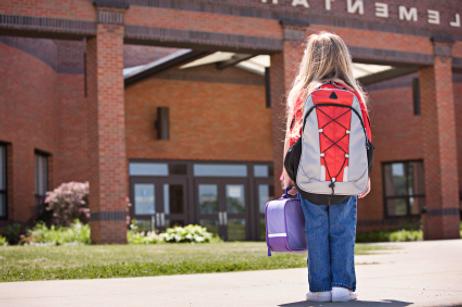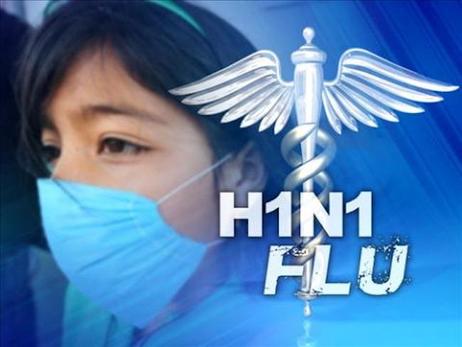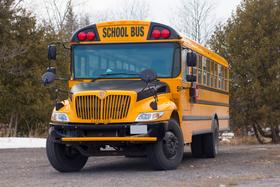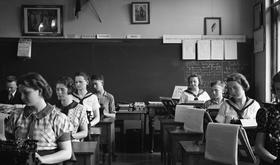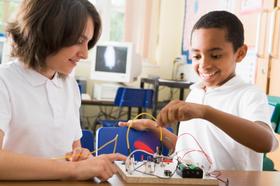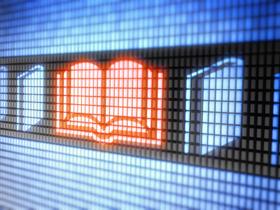The Pros and Cons of Mandatory Gym Class in Public Schools
On the big screen, gym class is often depicted as a source of awkwardness and embarrassment, typically featuring challenges like rope climbing and timed push-ups.
- However, gym class is much different now, and it is not surprising that today’s students and parents are questioning why it’s even a mandatory part of the day.
- After all, according to an MSNBC investigation, researchers have found that the average high school gym class only keeps students physically active for an average of 16 minutes!
- In a class period that is about 45 minutes long, that isn’t a lot of active time.
- In today's educational landscape, where standardized test scores heavily influence teacher and school evaluations, districts cannot afford to perceive physical education as a 'waste' of valuable instructional time.
- As such, PE classes have been cut so students can spend more time in core classes.
Supporters of mandatory gym programs contend that physical education classes have a wide range of benefits.
- According to the National Association for Sport and Physical Education, physical education classes help children develop fine and gross motor skills, learn cooperation and teamwork, reduce stress, and improve self-confidence and self-esteem.
- Furthermore, supporters argue that public schools have a responsibility to encourage children to enjoy a healthy and active lifestyle – especially as a rising number of young Americans are obese.
- Activities that promote muscular strength, cardiovascular endurance, and flexibility, they



